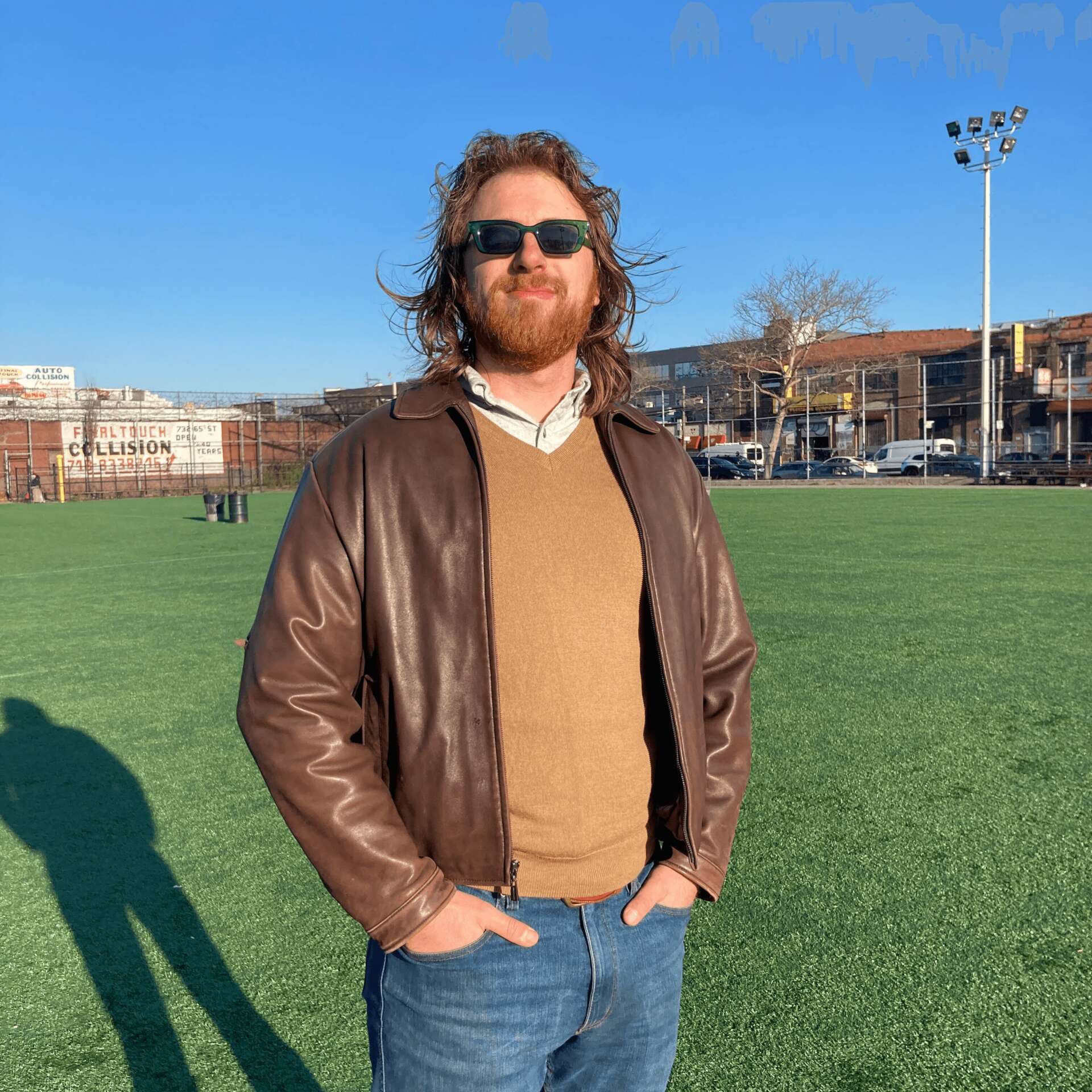We caught up with the brilliant and insightful Matthijs Herzberg a few weeks ago and have shared our conversation below.
Hi Matthijs, thanks for joining us today. How did you learn to do what you do? Knowing what you know now, what could you have done to speed up your learning process? What skills do you think were most essential? What obstacles stood in the way of learning more?
I’ve been drawing since I was 3. At around 12, I took an interest in architecture. I started drawing letters about 10 years ago, aged 18. I had never really paid much attention to letters, but once I started, I couldn’t stop. Letters to me fit such a beautiful niche. A balance between practical and beautiful, like architecture, but up-close and personal, like drawing.
People started asking me to make them a flyer or a logo (I got $10 for my first flyer). I started a tumblr on which I shared some work, then an instagram account. I practiced, observed, and slowly got better. But it was a side-hustle for quite some time—making me a few thousand a year while my main income came from other sources. I wasn’t so sure I’d be able to make a living, but I focused on getting better at my work, hoping that would be the key to success.
I’m self-taught, or that is to say, I did not attend traditional higher education. I find “self-taught” a somewhat conflicting term. I learned my craft from those who have mastered type design before me, albeit through books and posts on internet forums or by observing their work, rather than in a classroom. But humans are nothing without other humans, who came before us and passed on their knowledge, and who in turn received their knowledge from others in a web of exchange.
Aren’t those who pursue higher education also self-taught, albeit in a more traditional academic setting? Or perhaps nobody is really self-taught, we are instead all taught by others. But that’s less catchy, and less flattering to the individual.
An obvious difference is that to be autodidact requires intrinsic motivation, because nobody will hold you to a deadline, nor will any dedicated figure be available to provide an answer to any question. But the type design community is strong. In my journey, the role of professors was filled instead by professionals who are all willing (or eager, even) to share their knowledge. I’ve gotten so much useful advice and feedback from the people I look up to, and I still do.
But intrinsic motivation is necessary, even if supported by a community. I’ve been driven to draw letters—why, I can explain later—but to turn that into a commercially successful enterprise is a difficult process. I’ve certainly questioned the feasibility of this profession, and still do, sometimes. Motivation can be fickle, too; it comes in waves. Discipline is the necessary skill to make up for motivation, and a skill entirely. It takes practice.

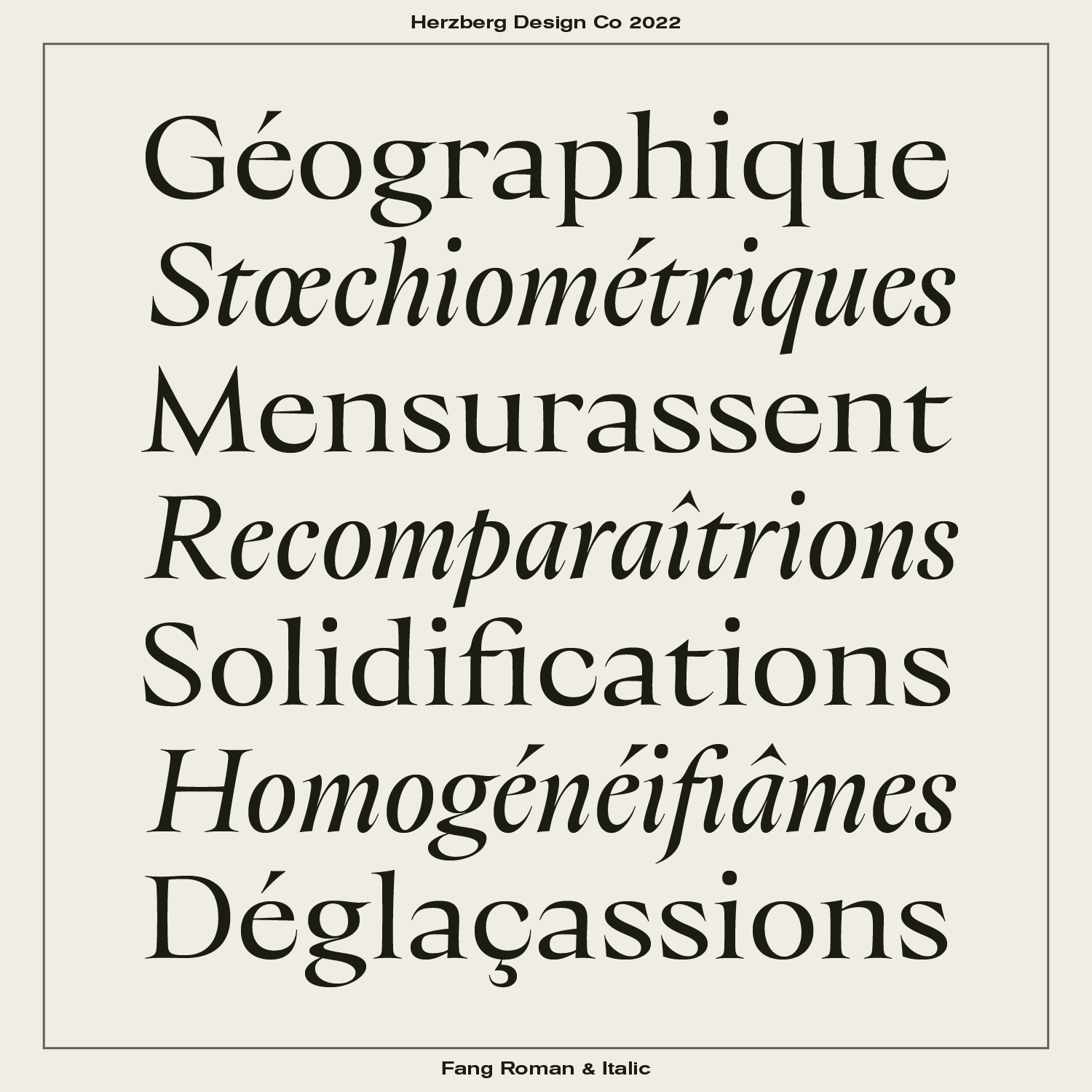
Awesome – so before we get into the rest of our questions, can you briefly introduce yourself to our readers.
I was born and raised in the Netherlands and now live in sunny New Orleans with my wife, and soon with a baby daughter too.
I now work as a full-time freelance designer. It’s tricky for me to give myself an all-encompassing title, but to quote Hank Hill, I sell letters and letter-accessories. I have designed and engineered 7 typeface families so far, which I sell on my website. Some of them are also on Adobe Fonts.
Besides retail fonts, I design custom typefaces for a variety of clients, from filmmakers to publications to banks.
But not all letters are typefaces: I also do a lot of branding and lettering. I’ve worked with agencies to provide custom logotypes as the crown jewel on the branding systems they’ve developed. I also work with companies directly to design brand identities, in which case I also handle other aspects like color, typography, layout and custom illustrations. While this breadth can make it difficult for people to understand exactly what I do, I’d also hate to exclude myself from work I enjoy doing, just for the sake of having an easily explicable niche.
Within my work, my greatest challenge is always to find variations in letterform design that are new and exciting. There is a lot of rehashing in the world of letters, which makes sense, because it is a conservative art-form (and in fact, many don’t even consider it art at all). But the greatest joy to me is to draw a letter, a “g” for instance, which is recognizable as such, yet has a subtle (or not-so-subtle) variation to the norm so that it is in fact completely unique.


What’s the most rewarding aspect of being a creative in your experience?
Creating something is an inherently enriching (and even addictive) experience. Leaving philosophy aside: making something cool releases dopamine.
In the end, we have to create our own meaning in a chaotic, and ultimately purposeless universe. To be able to get hooked into, and contribute to, a foundational aspect of human creativity, is a great gift.
I want to add an asterisk to that final statement, because finding fulfillment from your work is not an ultimate goal if it leaves you unable to fulfill the other needs in your life. It is also no excuse to allow yourself to be exploited—to work long hours and get paid too little, justified by your boss’ or client’s excuse that you get to do something you are passionate about.
Artists create monetary value, but this can be hard for us to see and even harder to quantify. How much money will my logo create for my client?
But you have to stand up for your own well-being and be adamant and confident in asking for proper compensation and working conditions. No one else will.
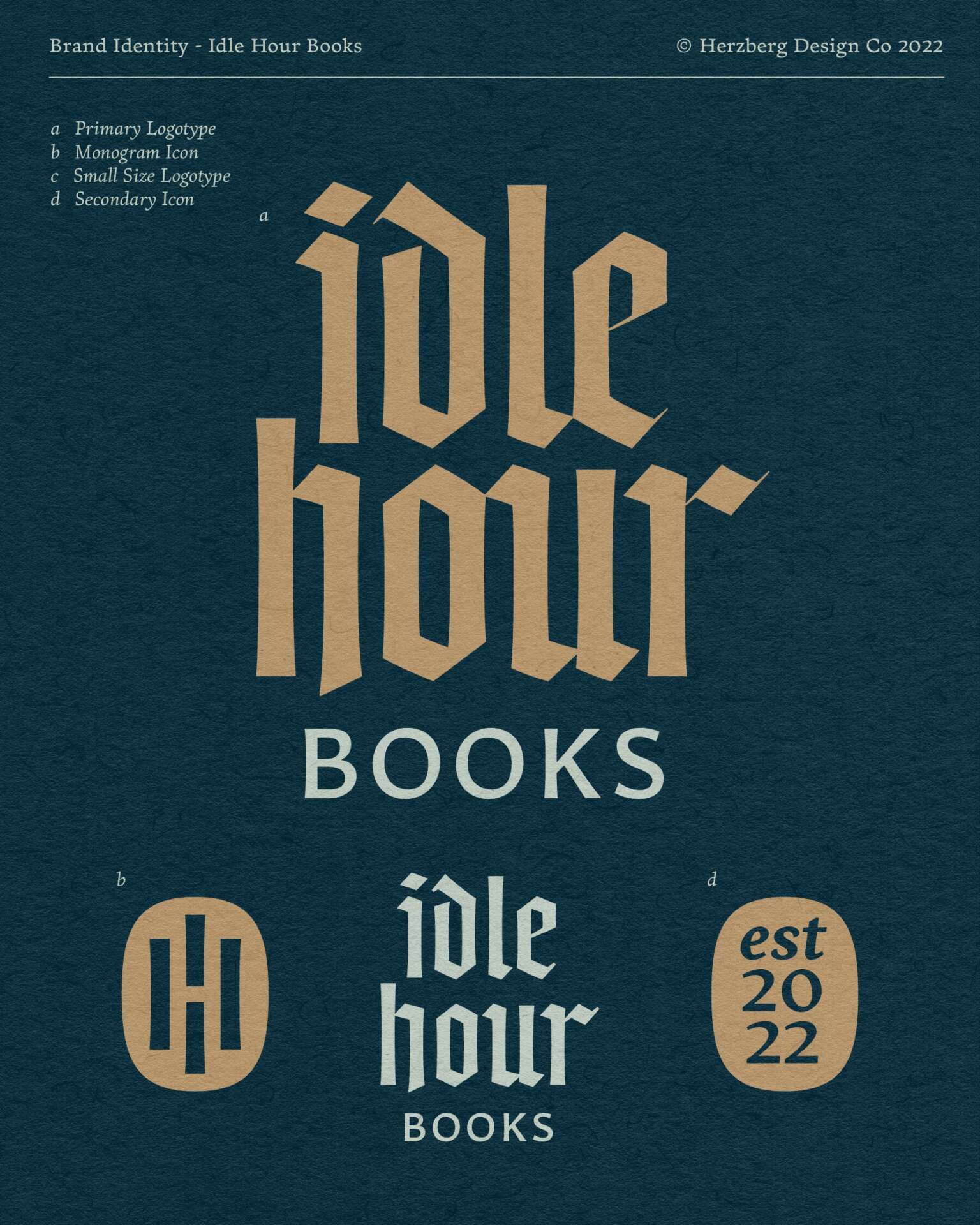
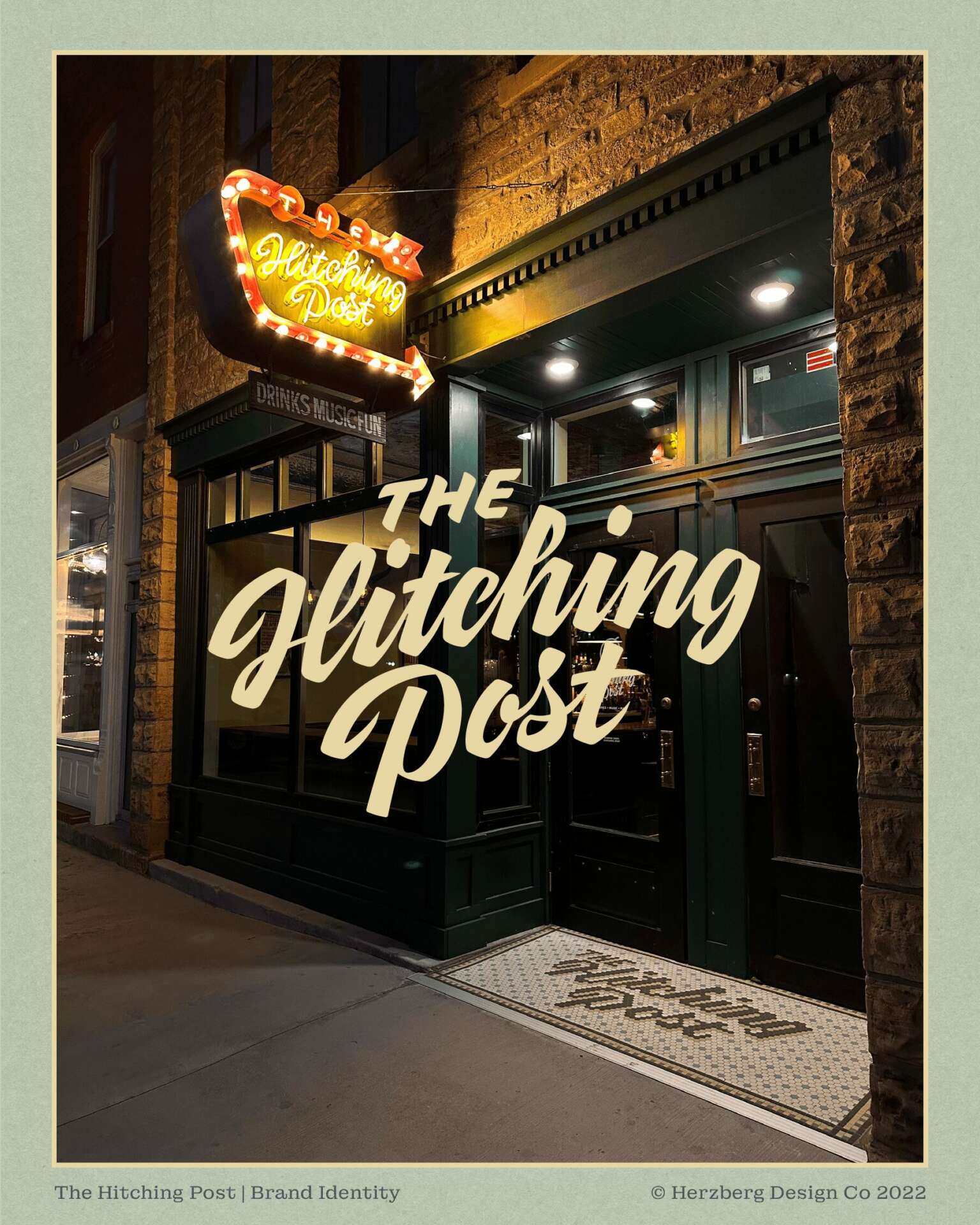
In your view, what can society to do to best support artists, creatives and a thriving creative ecosystem?
“Society” can provide universal basic income, as well as universal healthcare, to all citizens so that survival is no longer conditional on labor. A “thriving creative ecosystem” does not come forth from coercion and exploitation, but from having essential needs met without question or productivity standards (which always seem to rise while pay does not).
It is of course naive to request that “society” will grant these things. You and I are a part of society, but so are the interests which stand to gain from the current system. That’s why organizing is vital. There is no artist’s union, nor one for typeface designers for that matter, which leaves us all vulnerable.
The fact that artists generally work on commission from various entities, rather than all of us working in the artist factory, means we cannot legally unionize—if freelancers band together, it would be called price-fixing. But this legality ignores the power dynamic at play—we work for large, powerful corporations, who are able to dictate prices and conditions because we freelancers can not stick together as a collective whole.
What’s left is individual action. If individuals can see the problem, that’s a start to collective action.
Contact Info:
- Website: https://herzbergdesign.com
- Instagram: https://www.instagram.com/herzbergdesignco/
- Linkedin: https://www.linkedin.com/in/matthijs-herzberg-2333b1178/
- Twitter: https://twitter.com/herzbergdesign
- Other: https://fonts.adobe.com/foundries/herzberg-design
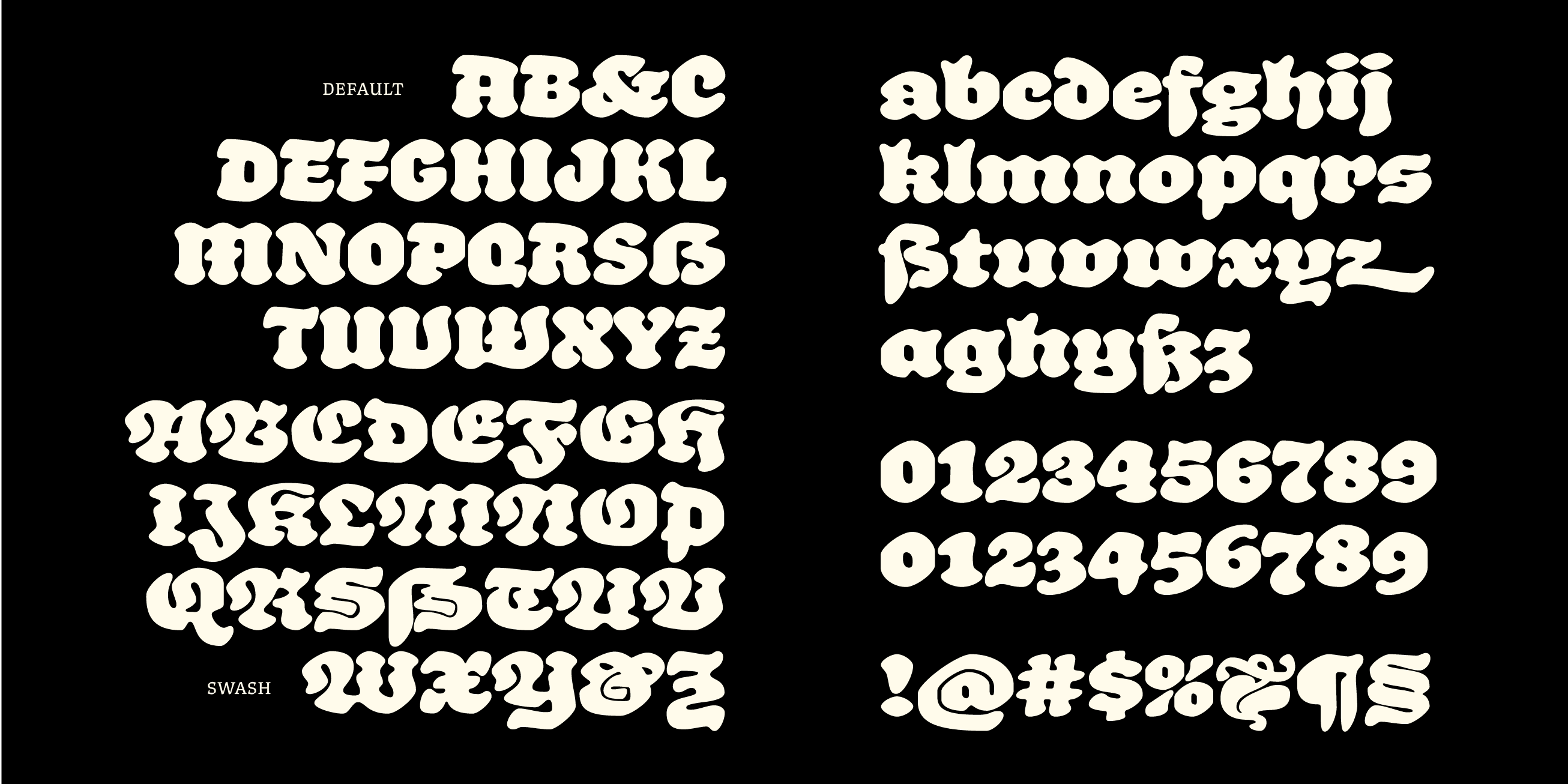
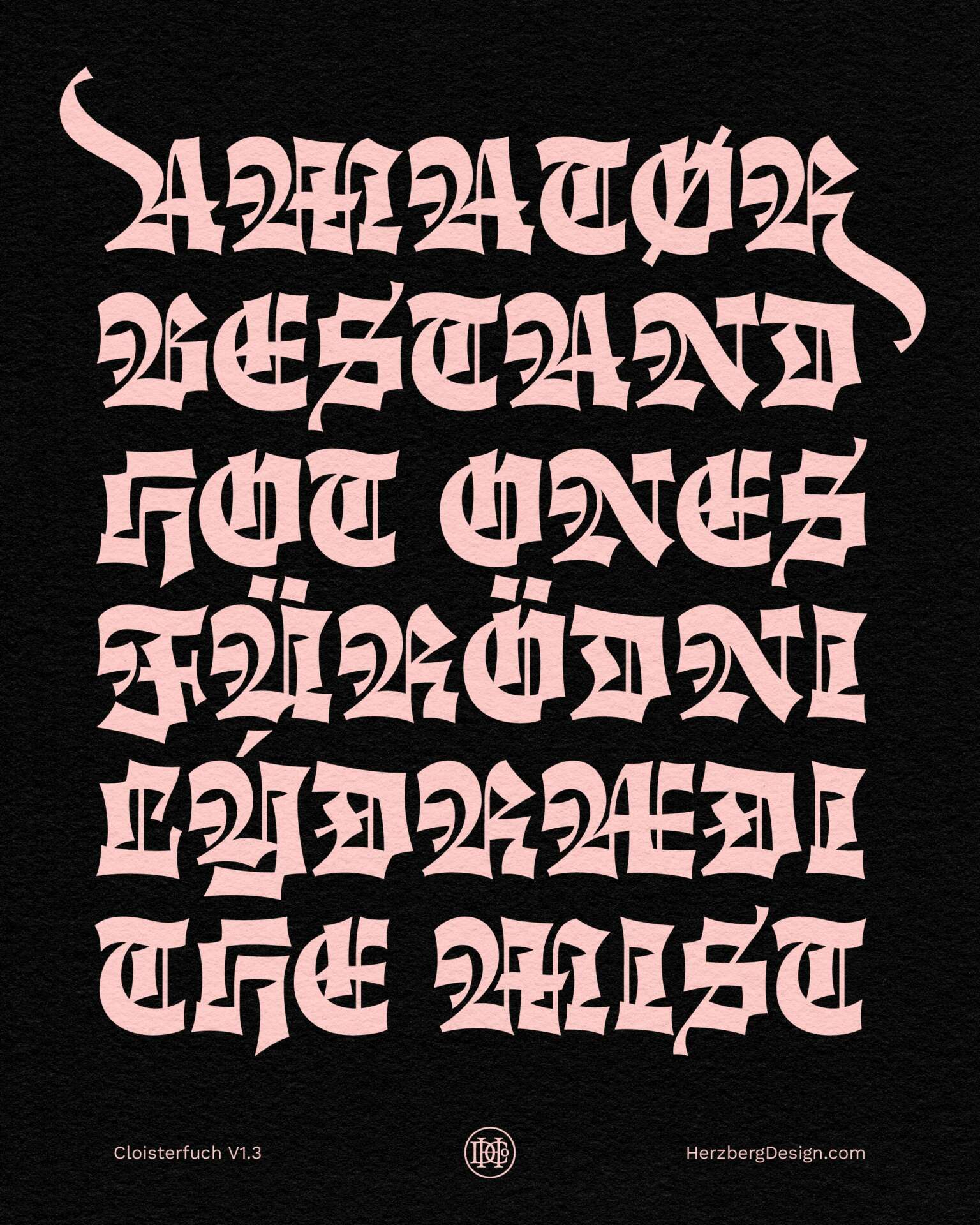
Image Credits
© Herzberg Design Co


